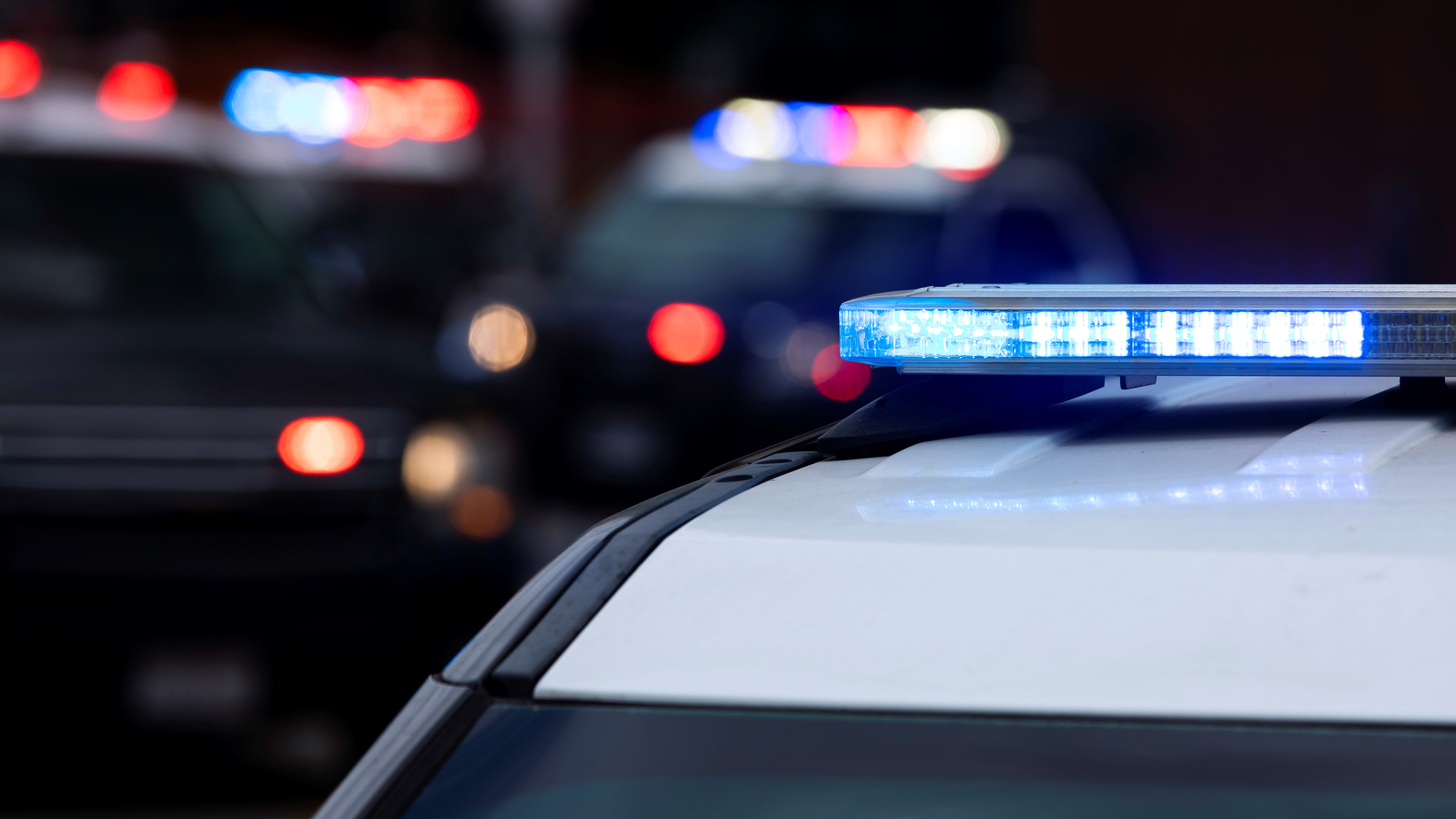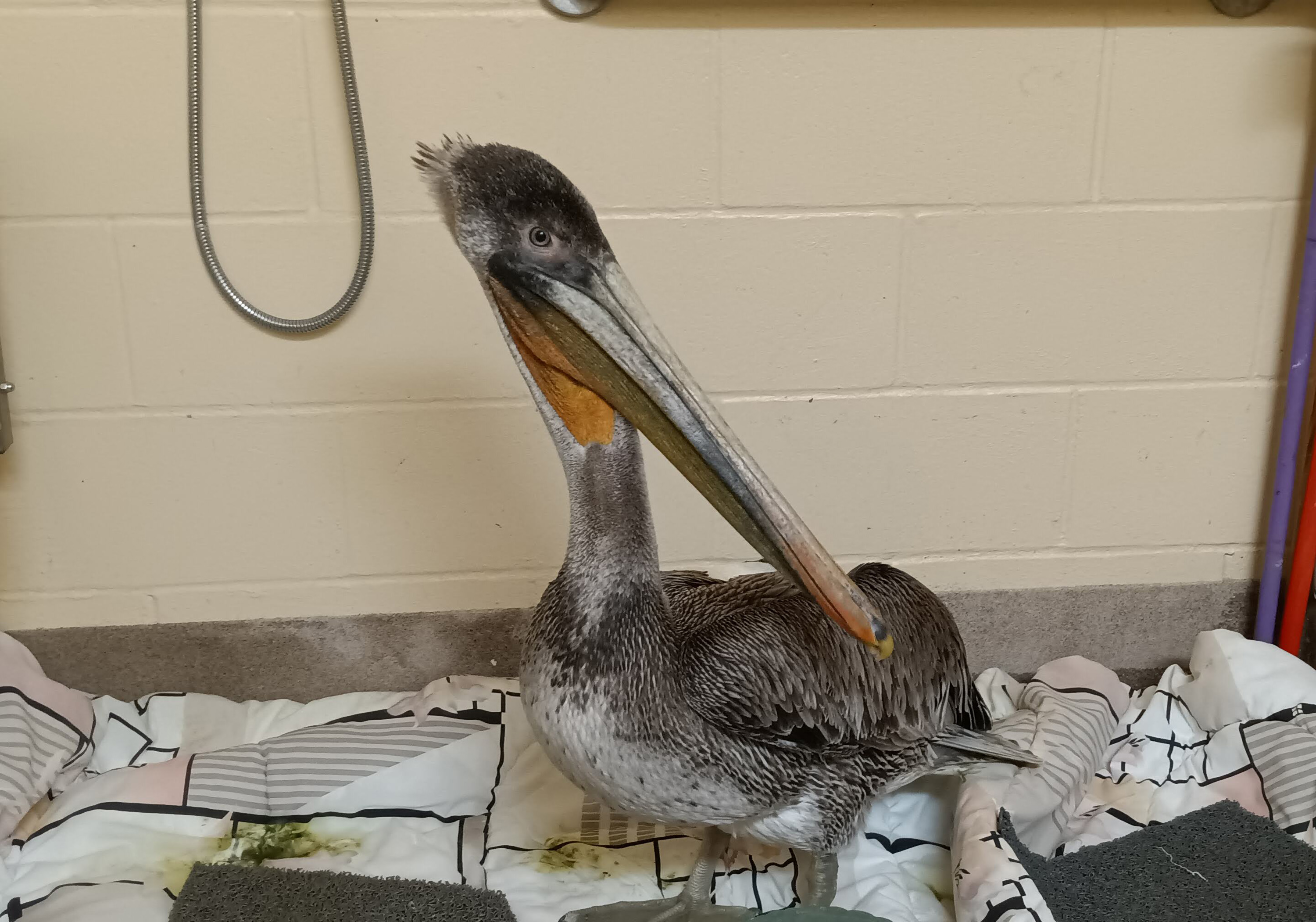San Francisco International Airport officials sought to reassure anxious firefighters Friday that they are taking elaborate measures to clean the air at a new fire station under construction just feet from a busy runway.
The two-hour long meeting about the station came the day after city firefighters learned about the death of 49-year-old Denise Elarms, who had breast cancer she believed to be job-related. The sad news was one more reminder about the risk firefighters know they have endure.
"The San Francisco Fire Department has one of the highest rates of cancer throughout the nation," said Assistant Deputy Chief Ken Lombardi.
Crews housed at the airport’s three fire stations have long been identified as having a still greater risk. A survey of stations done in 2007 raised concerns, said retired SFFD Capt. Tony Stefani, who survived a rare, apparently job-related, form of cancer to found the city’s firefighter cancer foundation.
"The airport had a cluster of about 12 cases," he said, "which at that time was among the highest levels of any station in San Francisco."
Stefani says one chemical of concern is benzene, which his in both jet and vehicle exhaust. Another is formaldehyde. Both have been found at elevated levels inside Station No. 3, which is slated to be relocated by November to within feet of a runway blast fence as part of an airport expansion project. The existing station is near the U.S. Highway 101 as well, Stefani said.
When airport firefighters learned about the planned relocation of Station No. 3, they started what one firefighter union official called a "grassroots" effort. The department did not authorize firefighters to speak to NBC Bay Area, but firefighter union director Adam Wood credited them for making a stink about the jet exhaust issue.
Local
"It was a real grassroots movement that got this scrutiny going, which might not have been happening at this level if they hadn’t done that," Wood said after a meeting Friday morning aimed at assuring the firefighters about the plan to preserve air quality at the new station.
"I think they did themselves a service by being active and calling everybody’s attention to the issue."
Assistant Deputy Chief Ken Lombardi and officials with the architect on the project spent two hours detailing how the new ventilation system is expected to keep the air clean.
The system will employ scrubbers to clean out particulates from the air and multiple filters to capture toxins. The station builders hope they can also raise the air pressure inside the living quarters of the station to force polluted, lower pressure air from the outside from seeping in.
Wood said firefighters he represents still have questions how such a system will work, given that the door on the station will need to be raised regularly.
"We’re gonna have to keep those doors closed," he said. "We are going to have to treat this like a hot zone."
He was referring to a zone where workers need to take extra precautions.
Assistant Deputy Chief Lombardi said the system being installed is the best available.
"It’s a five stage filtration system," he said. "I personally asked the installer, is this the best system on the market – he said, 'Yes, this is the best system available.'"
Lombardi hopes the new station will have cleaner air than the old station, which is further from the runway. "This will be a state of the art system, it will be a much better building than they currently are in."
Wood, the union official, said the air quality testing when the station opens will be key to convincing firefighters that living and working next to the runway is safe.
"Is it giving the results we need to keep our members safe? That’s what we’re going to have to find out," he said.



